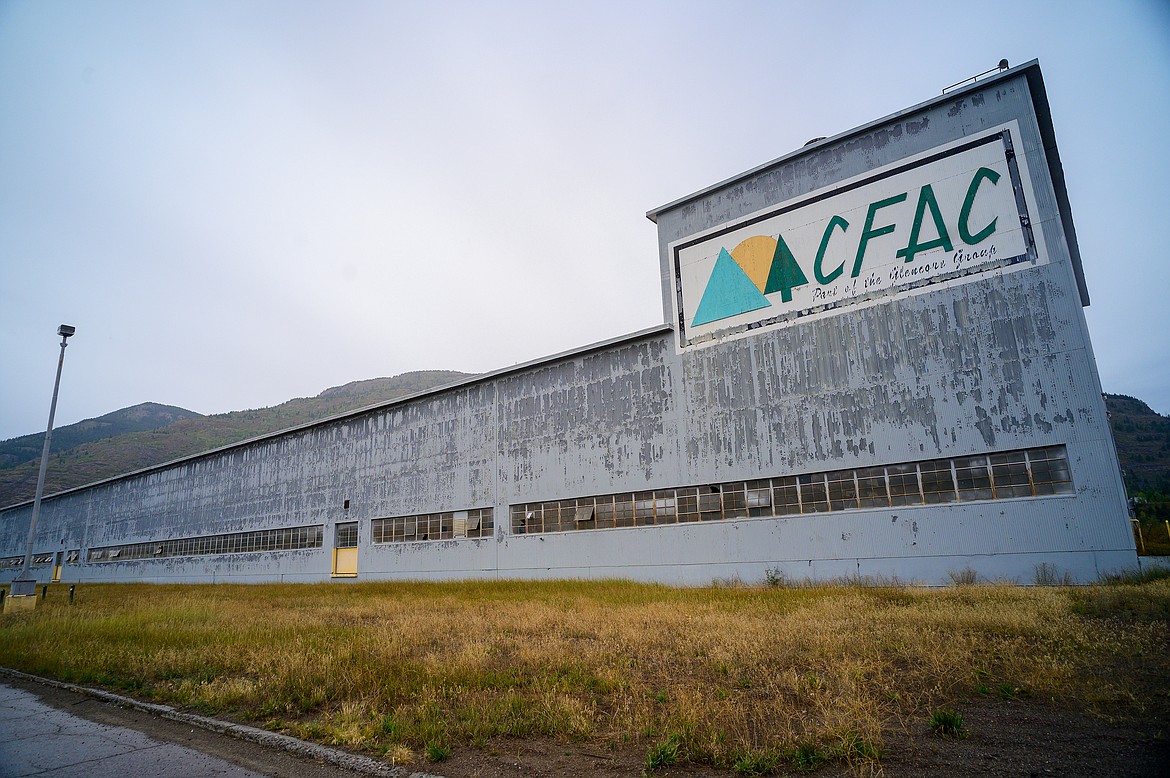CFAC draft cleanup plan looks to largely contain, not remove, contaminants
The Columbia Falls Aluminum Co. and the Environmental Protection Agency Thursday released a draft plan that largely leaves the pollutants at the former Columbia Falls Aluminum Co. Superfund site, but looks to shore up the landfills where they’re buried instead.
Under a draft feasibility study, a proposed plan by Roux Associates would recap the ailing landfills at the Superfund site and also put a “slurry wall” around them, ostensibly to keep contaminants from spreading.
In addition, contaminated soils in and around the former plant site would be removed and then placed in approved landfills onsite, explained Laura Jensen a hydrogeologist with Roux during a CFAC liaison panel meeting. The panel consists of EPA, company officials, state and local officials and members of the general public. It was held via videoconference online.
Roux is the environmental firm retained by CFAC to do testing and devise a cleanup plan for the site.
The greatest pollution problem at the plant is high levels of cyanide and fluoride in groundwater, near the north percolation ponds and landfills that were just north of the plant.
Wastewater from the plant was pumped into the ponds. In addition, spent potliner from the aluminum production process was dumped into the landfills.
Both leached cyanide, a powerful toxic, into the groundwater. Today test wells near the landfills show concentrations of cyanide well above safe water drinking standards, though the concentration drops considerably as the groundwater flows away from the site south toward the Flathead River.
The cyanide hasn’t leached beyond the boundaries of the plant into nearby neighborhoods, tests have shown.
The slurry wall that would surround the leaching landfills and old ponds would be made of an impenetrable material, said Drew Baris of Roux.
“It’s made of material that doesn’t degrade,” Baris said when pressed about the longevity of the wall by Erin Sexton, a senior research scientist with the Flathead Lake Biological Station. Sexton brought up concerns about a potential rain on snow event that could flood the site.
“There should be long term almost indefinite durability of the wall,” Baris said.
When asked about the cyanide and whether it would degrade over time, Baris noted that some types degrade in sunlight, but also noted that some “some forms don’t degrade that much.”
EPA officials stressed the feasibility plan at this point is still a draft and the public will have input once it’s released as a final plan, likely sometime this fall.
Public input could have an impact on the final plan. This plan appears to keep the site where the plant once stood as a perpetual industrial site with several landfills.
But the City of Columbia Falls, in its growth policy, sees some of the 960 acres of land that CFAC owns outside of the plant footprint as eventually being housing.
The defunct plant itself has been demolished, save for a few warehouses and offices. That work was completed in 2019. The company recently completed a cleanup of old percolation ponds that were along the Flathead River.
The ponds were found to contain high levels of barium. The first foot of soil was removed from the ponds this fall when they were dry and the dirt was hauled up the CFAC site and stored for burial in a landfill.
A coffer dam and rip-rap that kept the river from flooding the ponds is supposed to be completely removed by March, before spring runoff. The river is expected to eventually flood where the ponds once were entirely.
The Superfund project will also have a new manager going forward from the EPA. Former manager Mike Cirian is retiring and Ken Champagne is taking his place.


